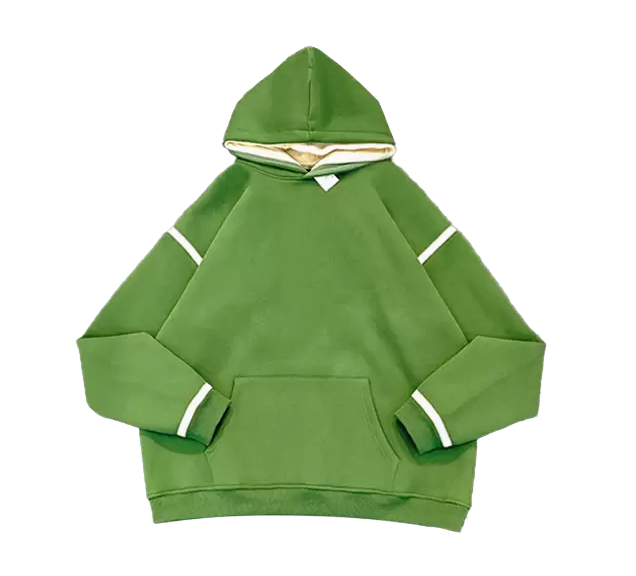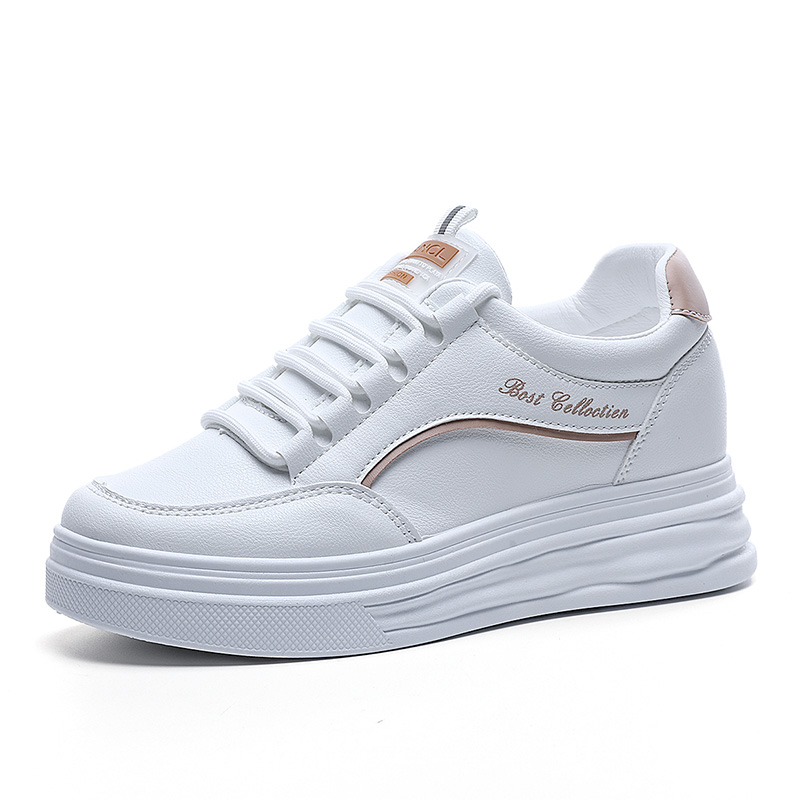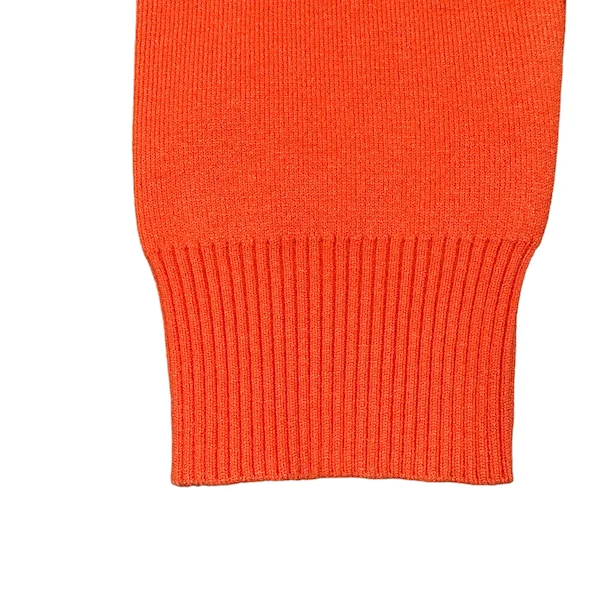The Sweat Factor: Understanding Which Fabrics Reveal Sweat the Most
When it comes to choosing the right clothing, especially for active lifestyles or warm climates, understanding how different fabrics interact with sweat is crucial. The visibility of sweat can affect not only comfort but also confidence. In this article, we will delve into the various types of fabrics, their properties, and how they respond to perspiration, helping you make informed choices for your wardrobe.
The Science of Sweat and Fabric
Sweat is primarily composed of water, salts, and trace amounts of other substances. When we sweat, the moisture evaporates, cooling the body. However, the fabric we wear can significantly influence how visible that sweat becomes. Factors such as fabric composition, weave, color, and finish all play a role in sweat visibility.
Fabrics That Show Sweat the Most
- Cotton:
Cotton is a popular choice for casual wear due to its softness and breathability. However, it has a high absorbency rate, meaning it can soak up sweat quickly. Once saturated, cotton tends to cling to the skin, making sweat stains more noticeable. Light-colored cotton fabrics, in particular, can show sweat marks prominently, especially under the arms and along the back. - Polyester:
Polyester is a synthetic fabric known for its moisture-wicking properties. While it can effectively pull sweat away from the skin, it can also trap moisture within its fibers. This can lead to visible sweat marks, especially in darker colors. Moreover, polyester tends to be less breathable than natural fibers, which can exacerbate sweating in hot conditions. - Nylon:
Similar to polyester, nylon is a synthetic fabric that is often used in activewear. While it is lightweight and durable, it also has a tendency to show sweat marks, particularly in darker shades. The smooth texture of nylon can make sweat more visible, especially when the fabric is stretched during physical activity. - Rayon:
Rayon is a semi-synthetic fabric made from natural fibers. It is known for its softness and drape, but it is also highly absorbent. When rayon absorbs sweat, it can become heavy and cling to the body, making sweat stains more apparent. Additionally, rayon can lose its shape when wet, further contributing to the visibility of perspiration. - Linen:
Linen is a natural fiber that is highly breathable and moisture-wicking. However, its loose weave can sometimes allow sweat to seep through, especially in humid conditions. While linen is less likely to show sweat stains compared to cotton or synthetic fabrics, it can still become damp and clingy, particularly in darker colors.
Fabrics That Minimize Sweat Visibility
- Bamboo:
Bamboo fabric is gaining popularity for its eco-friendliness and moisture-wicking properties. It is naturally breathable and has antibacterial qualities, which can help reduce odor. Bamboo tends to show less sweat compared to cotton and synthetic fabrics, making it an excellent choice for those concerned about sweat visibility. - Merino Wool:
Merino wool is a natural fiber known for its temperature-regulating properties. It can wick moisture away from the skin while remaining breathable. Unlike other fabrics, merino wool can absorb a significant amount of moisture without feeling wet, which helps minimize the appearance of sweat stains. - Blends:
Fabrics that combine natural and synthetic fibers can offer the best of both worlds. For example, a cotton-polyester blend can provide the softness of cotton while benefiting from the moisture-wicking properties of polyester. These blends can help reduce sweat visibility while maintaining comfort.
Color and Weave Matters
Beyond fabric type, the color and weave of the material also influence sweat visibility. Dark colors tend to hide sweat better than light colors, while tighter weaves can prevent moisture from seeping through. For those who sweat heavily, opting for darker shades and tighter weaves can be a practical solution.
Conclusion
Choosing the right fabric is essential for managing sweat visibility. While cotton, polyester, nylon, and rayon may show sweat the most, options like bamboo and merino wool provide effective alternatives. Additionally, considering color and weave can further enhance your wardrobe's performance in sweat management. By understanding the properties of different fabrics, you can make informed choices that keep you comfortable and confident, no matter the situation.


